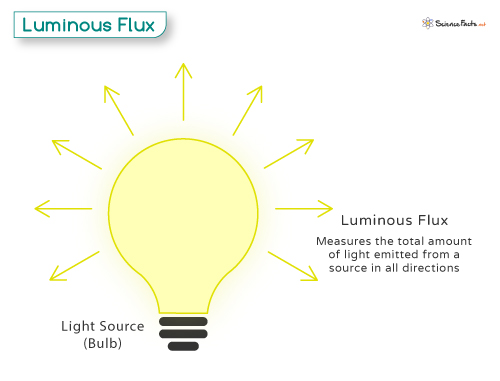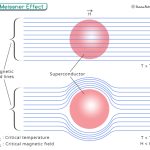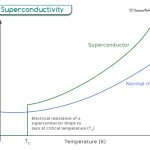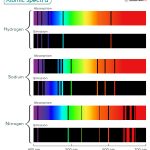Luminous Flux
Luminous flux is a fundamental concept in optics that encapsulates the total amount of visible light emitted from a source in all directions. It defines the sheer quantity of light energy emitted per unit time, illuminating the surroundings and affecting the observer’s perception of brightness. This definition is irrespective of the observer’s location or the surface it eventually lands upon.
Unit
The lumen (lm), serving as the SI unit for luminous flux, represents the total visible light emitted by a source. Specifically, one lumen denotes the luminous flux emitted by a light source generating 1 candela (cd) of luminous intensity within a solid angle of 1 steradian (sr). While in alternative unit systems, luminous flux can be expressed in terms of power, the lumen uniquely characterizes luminous flux, depicting the amount of light radiated in a single steradian from a focused point source of 1 cd.
To provide a definition independent of candela and to establish it as the foundational photometric unit, the lumen can also be understood as the luminous flux of monochromatic radiant energy, where the radiant flux is 1/683 Watts, and the frequency corresponds to approximately 540 × 1012 Hertz, closely aligned with a wavelength of 555 nanometers.
Candela vs. Lumen
Candela and lumen are fundamental units in lighting and illumination, but they represent different aspects of light measurement. Candela measures luminous intensity, precisely the amount of light emitted in a particular direction by a source. It focuses on the brightness perceived by an observer at a specific angle, crucial for applications where directional lighting is essential, such as flashlights or headlights. Essentially, the candela measures the power emitted by a source in a particular direction, emphasizing the intensity rather than the total light output.
On the other hand, the lumen (lm) quantifies luminous flux, representing the total amount of visible light emitted by a source in all directions. Unlike the candela’s directional emphasis, the lumen encompasses the overall brightness perceived by the human eye regardless of direction. It serves as a measure of the total light output of a source, accounting for its efficacy in illuminating a space comprehensively. Lumen measurements are valuable when assessing and comparing different light sources, aiding in choosing fixtures that deliver the desired overall brightness and coverage for various applications, from ambient lighting in homes to widespread illumination in outdoor spaces.
Applications
Luminous flux plays a pivotal role in light fixture design and evaluation. When architects, engineers, or designers conceptualize lighting solutions, understanding the luminous flux emitted by different sources becomes fundamental. It directly influences the choice of light fixtures, effectively determining their brightness and efficacy in illuminating spaces. By evaluating luminous flux, professionals can ascertain the optimal placement and type of fixtures needed to achieve desired lighting levels, ensuring functionality and aesthetic appeal in various residential, commercial, or industrial environments.
Engineers leverage luminous flux measurements to calibrate lighting systems for diverse settings like stadiums, streets, or offices. This precise understanding allows for calculating and implementing lighting solutions that meet specific requirements, be it ensuring safety in public spaces, enhancing productivity in work environments, or creating ambient atmospheres in recreational areas. The accurate assessment of luminous flux guides the design and deployment of lighting that fulfills practical needs and enhances the overall user experience.
In workplaces, the appropriate luminous flux levels can reduce eye strain and fatigue among employees, thereby enhancing their performance and comfort. In retail spaces or hospitality settings, strategic use of luminous flux can create inviting atmospheres that positively influence customer experiences, encouraging longer stays and increased engagement. Hence, the comprehension of luminous flux is not merely technical; it directly affects how individuals perceive and interact with their surroundings, impacting daily life.
-
References
Article was last reviewed on Saturday, December 30, 2023








